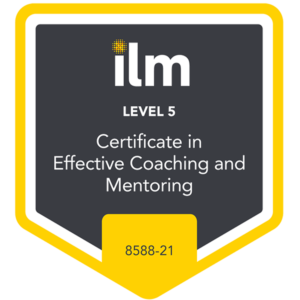Is your team staying focused?
From Jim Collins’s* extensive research into the characteristics of the most successful CEOs, the impact of a leader who has clear focus from which he or she does not waiver is stark. The ability of that leader to focus unrelentingly and communicate belief in the goal can inspire people to set themselves in the same direction. The end point needs to be clear and understood by all. It also needs to give meaning and purpose to everyone’s efforts.
When a specific focus is widely embedded, employees enact a shared consensus of what to pursue and what to discard. The employee can vet a project for relevance to the main focus before undertaking it. Such focus is the ‘shared vision’ or ‘everyone pulling in the same direction’ which leaders so often aspire to achieve.
Focus, therefore, is a fundamental ingredient of high performing organisations. Without an uncompromising focus, attention wanders and mediocrity is the likely outcome.
When the goal is clear, success can also be clearly recognised when it occurs, Each step of success creates momentum. The momentum increases on the back of each success; success and momentum feed one another in an interdependent cycle until the goal is achieved.
Key Strategy 1
Coaching – the leadership tool for maintaining shared focus
Adopting a coaching approach provides a powerful accountability and feedback tool. Maintaining course over a prolonged period requires regular check-ins and directional adjustments. Coaching has accountability and feedback as fundamental to its practice. A coaching approach supports leaders and employees by encouraging regular check-ins on the completion of actions that can be directly related to the main focus.
Coaching also demands an honest and in depth look at reality. This is necessary so that action plans are relevant to the current context and changes on the horizon. The modern workplace is competitive, fast-paced and dynamic. Leaders must ready themselves to lead others towards the end goal across a shifting landscape without losing focus.
Key Strategy 2
Informal, opportunistic open questions
It is vital that a leader is able to find out how the vision and goals are being enacted throughout the organisation if they are to accurately understand their organisation’s reality. It is incredibly useful if employers can check-in, quickly and easily, with as wide a range of employees as possible. Ideally, these check-ins will generate honest and accurate communication. Revealing what is genuinely most prominent in an employee’s thoughts is useful because it reveals where their attention is residing. Crucially, is it focused where the leader needs it to be focused? Uncovering this can be difficult as employees will often prefer to say what they think the leader wants them to hear. The greater the gap between each person’s position in the hierarchy, the more likely it is that the more junior employee will be less confident sharing what they really think. It is important to find out what employees who usually go under the radar are thinking and experiencing. Finding out the views of those who never speak up in meetings or are clearly made anxious and uncomfortable by being called to a leader’s office can benefit from a more spontaneous and informal approach. The questions below will bring forth revealing insights with very little time or effort required on the part of the leader.
An invaluable question is,
How’s it going?
Or
How is the world with you?
Asking these types of questions when an employee is not expecting it, such as at the coffee machine, crossing paths in the car park, or just about to leave at the end of a meeting, invites the employee to reveal what is most prominent for them without any pre-planning. The questions are broad enough to avoid any leading of the employee. The questions feel harmless, friendly and caring. Most employees find the question a pleasant experience where they are unexpectedly noticed and valued by their leader.
If the employee then focuses on an issue which is not the main focus that you were hoping for, you have learned what is distracting them from where you want them to be. It is important to value whatever they have chosen to share and so the leader must acknowledge that it has been useful to hear about this (no matter what it is). It is important to preserve the value of them giving an honest response.
However, if the content raised does not relate to the focus you were hoping for, and time allows, you can the follow up with a further question that explicitly addresses the key area you want to know about:
How are you finding ___________?
Or
How is __________ working out for you?
When the employee responds to one of these follow up questions, apply level 3 listening to read their whole response. What is their body language telling you about how important this is to them? How readily are they able to respond – does it seem to be near the forefront of their thoughts or are they digging around in the deepest depths of their memory or creativity to come up with something relevant? How detailed is their response i.e. how much thought have they been giving this recently? How comfortable and familiar with the subject matter do they appear to be? Do you notice positive or negative energy? What do you notice about their language choices (do they use positive or negative words and phrases?)
Try not to interject, but merely listen intently with gentle encouragement for them to continue freely.
When they have exhausted their response, thank them for “their honest feedback which has been useful” to you and is appreciated. Then ask them: “Is there anything else you would like to add?” By doing this, you are indicating that you have been seeking honesty. If they have not been fully honest with you, this gives them an additional opportunity to put this right before the conversation closes.
Such questioning can reveal misunderstanding and misinterpretation of the vision and goals. It can reveal the level of buy-in. It can reveal obstacles that are getting in the way and draining resources.
However, such questions also have a positive impact on the relationship between the employee and the leader. The employee will often relish the invite to share their thoughts. To be heard with appreciation and without judgement can provide a significant boost to the employee’s readiness to contribute their views in the future. Employees often remember these unexpected interactions and use them as examples of the leadership being interested in their employees.
The return on this very small investment of time makes these pen questions incredibly powerful tools.
Coaching can support the leader to consider how they can use communication and powerful questions to build accurate pictures of reality and at the same time, develop relationships with employees. Contact Alison at Make It So Coaching to discuss how coaching can support more effective communication in your organisation.
*Good to Great, Jim Collins





